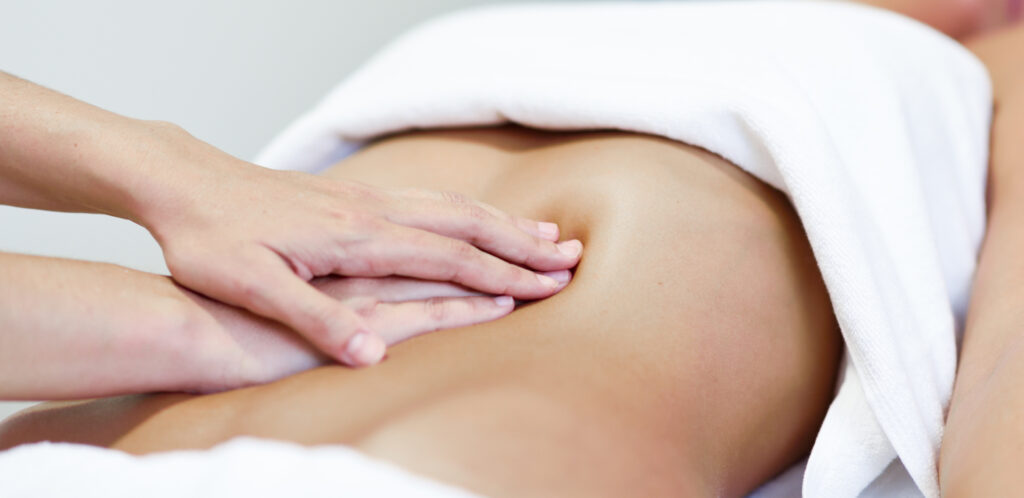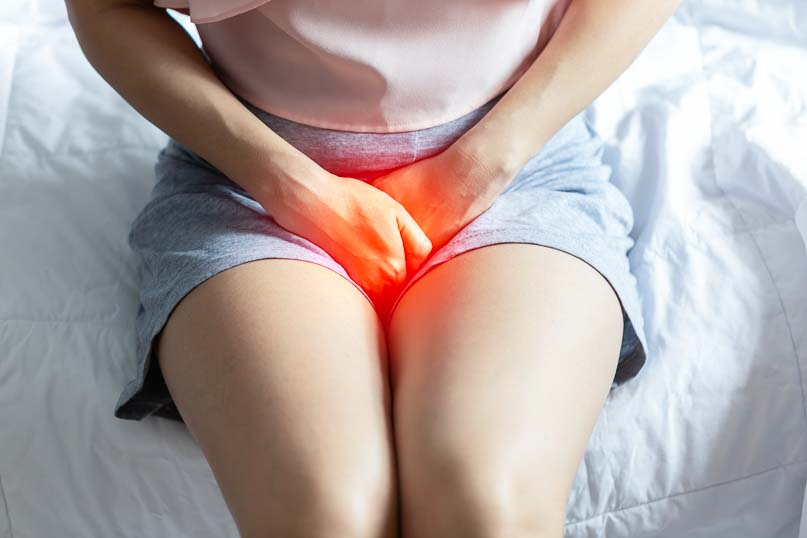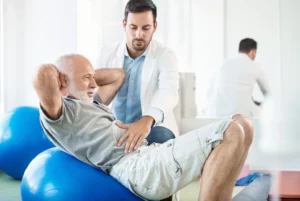Après l’accouchement, le corps de la femme traverse une période de transformation intense. Si la grossesse et l’accouchement sollicitent fortement les muscles, les ligaments et les organes, le check-up post-natal en kinésithérapie est une étape clé pour évaluer l’état du corps, identifier d’éventuels déséquilibres et amorcer une récupération optimale. Voici pourquoi et comment réaliser ce bilan post-natal essentiel.
Qu’est-ce que le check-up post-natal en kinésithérapie ?
Le check-up post-natal est un bilan complet réalisé par un kinésithérapeute spécialisé. Son objectif principal est d’évaluer l’état du périnée, des muscles abdominaux, de la posture et des éventuelles douleurs liées à l’accouchement. Il permet de :
- Faire un état des lieux du corps après la grossesse et l’accouchement.
- Détecter les dysfonctionnements (faiblesse du périnée, diastasis abdominal, douleurs musculaires ou articulaires).
- Établir un programme de rééducation personnalisé pour retrouver tonicité, mobilité et bien-être général.
Le bilan est particulièrement recommandé 6 à 8 semaines après l’accouchement, dès que le corps commence à récupérer naturellement.

Pourquoi réaliser un check-up post-natal ?
La grossesse et l’accouchement peuvent avoir des conséquences immédiates ou différées sur le corps. Certaines problématiques peuvent passer inaperçues dans les premières semaines mais évoluer avec le temps si elles ne sont pas prises en charge. Le check-up permet notamment de :
Évaluer l’état du périnée
Le périnée a subi une forte pression pendant la grossesse et l’accouchement. S’il est affaibli, cela peut entraîner des troubles comme l’incontinence urinaire, des sensations de lourdeur ou un risque de prolapsus (descente d’organes).Examiner les muscles abdominaux
La séparation des muscles abdominaux, appelée diastasis, est fréquente après une grossesse. Le kinésithérapeute vérifie la tonicité des abdominaux et propose des exercices adaptés pour refermer la sangle abdominale en douceur.Corriger les déséquilibres posturaux
Le poids du ventre, les changements hormonaux et les nouvelles habitudes post-natales (porter bébé, allaiter, etc.) peuvent créer des tensions musculaires et des douleurs lombaires ou cervicales. Le check-up permet de retrouver une posture équilibrée.Traiter les douleurs et tensions
Des douleurs persistantes (sciatique, bassin, cicatrice de césarienne ou épisiotomie) sont fréquentes après l’accouchement. La kinésithérapeute soulage ces zones à travers des techniques manuelles et des exercices spécifiques.Amorcer la reprise d’une activité physique en toute sécurité
La kinésithérapeute vous guide pour reprendre progressivement une activité physique adaptée, en travaillant sur le renforcement musculaire global et le gainage en respectant le corps post-accouchement.

Comment se déroule un check-up post-natal ?
Un check-up post-natal en kinésithérapie se déroule généralement en plusieurs étapes :
Entretien et bilan global
La séance débute par un échange pour comprendre l’accouchement, les symptômes ressentis (douleurs, fuites urinaires, fatigue…), vos habitudes quotidiennes et vos objectifs.Évaluation du périnée
La kinésithérapeute réalise un examen doux pour vérifier la tonicité et le fonctionnement du périnée. Cela permet de déceler un relâchement, une hypertonie ou un manque de coordination.Examen des abdominaux
À l’aide de palpations, la kinésithérapeute identifie un éventuel diastasis des grands droits (écartement des muscles abdominaux) et propose des exercices pour renforcer en douceur la sangle abdominale.Analyse de la posture et des douleurs
Le kinésithérapeute observe votre posture, les éventuels déséquilibres musculaires et les tensions corporelles pour proposer des ajustements adaptés.Programme de rééducation personnalisé
En fonction des résultats du bilan, un programme est établi pour :- Rééduquer le périnée à travers des exercices ciblés en manuel et en biofeedback
- Renforcer les abdominaux profonds pour stabiliser la sangle abdominale et éviter les pressions sur le périnée.
- Améliorer la posture grâce à des étirements, des exercices de gainage et des corrections posturales.
- Soulager les douleurs avec des techniques manuelles, des mobilisations douces et des massages si nécessaire.
À quoi s’attendre après le check-up ?
Suite au bilan, plusieurs séances de rééducation peuvent être nécessaires, notamment pour le périnée et les abdominaux. La rééducation se fait de manière progressive, en douceur et toujours adaptée aux besoins de chaque femme.
- Rééducation périnéale : pour renforcer, tonifier ou détendre le périnée. Elle peut être réalisée manuellement ou à l’aide de techniques comme le biofeedback ou l’électrostimulation.
- Rééducation abdominale : axée sur les muscles profonds (transverse) pour éviter les exercices trop agressifs (qui augmentent la pression intra-abdominale).
- Corrections posturales : pour retrouver équilibre, mobilité et soulager les douleurs.
Quels sont les bénéfices du check-up post-natal ?
Le check-up post-natal en kinésithérapie offre de nombreux bénéfices :
- Prévention des complications : incontinence, prolapsus, douleurs chroniques.
- Récupération d’un périnée fonctionnel et tonique.
- Amélioration de la posture et soulagement des tensions musculaires.
- Retrouver une sangle abdominale solide sans risques de blessures.
- Reprise progressive et sécurisée d’une activité physique.

Conclusion : Un rendez-vous essentiel pour prendre soin de soi
Le check-up post-natal en kinésithérapie est une étape incontournable pour permettre aux jeunes mamans de se réapproprier leur corps après l’accouchement. Il favorise une récupération optimale, prévient les complications et accompagne chaque femme vers un bien-être global, tant physique que mental.
N’attendez pas pour prendre soin de vous ! Consultez un kinésithérapeute spécialisé pour réaliser votre check-up post-natal et amorcer votre rééducation en toute sérénité. Votre corps vous remerciera.



